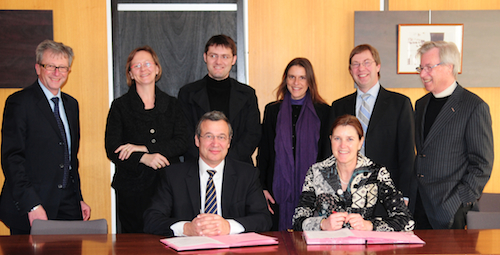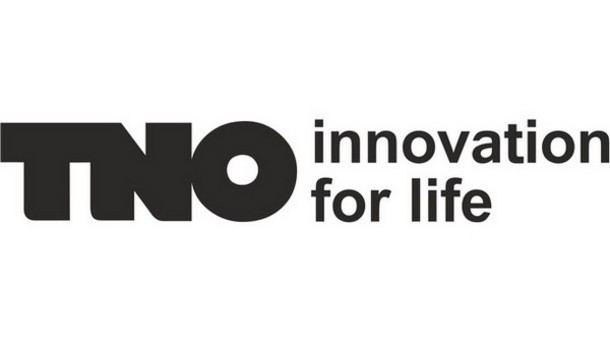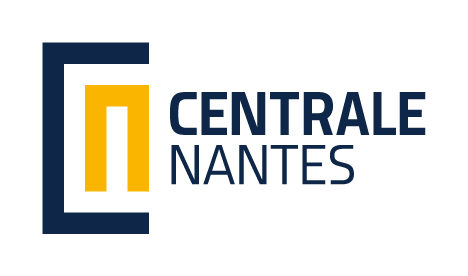TNO - Centrale Nantes Chair
Centrale Nantes and TNO (Netherlands Organisation for Applied Scientific Research) came together in 2010 to create a chair on the dynamics of the coastal atmosphere.
Thanks to its favourable geographical situation near the sea at the mouth of the Loire estuary, and research already undertaken on the subject, Centrale Nantes is well placed to examine the dynamics of the atmosphere in partnership with TNO, independent technology transfer center and main laboratory of the Netherlands Defence Ministry.
With a budget of 80,000 euros, the Chair is due to run for a renewable three-year period.

With a budget of 80,000 euros, the Chair is due to run for a renewable three-year period.

The Centrale Nantes - TNO chair aims to reinforce research on coastal atmosphere by combining the expertise of Isabelle Calmet, head of the Dynamics of the Coastal Urban Atmosphere Research group (DAUC) at LHEEA and Centrale Nantes, on fine-scale modeling of the dynamics of the lower layers of the atmosphere, and of TNO Defense, Security and Safety, notably via Alexander Van Eijk, on the generation of spray by breaking waves and their influence on stratification of the atmosphere.
Applications in micro-meteorology and defence
The scientific challenge of such collaboration is important, both from the point of view of basic research and from the applications that may result, in particular with regard to air pollution problems in coastal urban areas or to the performance of electro-optical sensors.
- For Centrale Nantes, the aim is to model the high-resolution coastal atmosphere, a topic that has been long-recognized in the scientific community but, which has been the subject of very few studies to date. This work leads to applications in the field of micro-meteorology, in particular for competitive sailing.
- For TNO, it is a matter of applying its fundamental knowledge to defence and civil security.
Holder of the chair, Alexander Van Eijk acts as a professor and researcher on subjects related to the dynamics of the coastal atmosphere, in co-operation with Isabelle Calmet.
This work has led Alexander Van Eijk to model turbulence above the marine surface, which represents an extension of the work carried out on the numerical modelling of marine aerosols in the lower layer of the marine atmosphere.
The research group to which Alexander Van Eijk belongs develops simulation and experimentation tools for the lower atmosphere, with a particular focus on turbulence modelling, flow modelling at the interface between the Earth's surface and the atmosphere, as well as on coastal interactions and their influences on atmospheric circulation.
For TNO, the final application of this work will contribute to improving opto-electronic imaging, in particular image resolution and the contrast between the object and the background of the image.
This work has led Alexander Van Eijk to model turbulence above the marine surface, which represents an extension of the work carried out on the numerical modelling of marine aerosols in the lower layer of the marine atmosphere.
The research group to which Alexander Van Eijk belongs develops simulation and experimentation tools for the lower atmosphere, with a particular focus on turbulence modelling, flow modelling at the interface between the Earth's surface and the atmosphere, as well as on coastal interactions and their influences on atmospheric circulation.
For TNO, the final application of this work will contribute to improving opto-electronic imaging, in particular image resolution and the contrast between the object and the background of the image.
About TNO

TNO is a nonprofit company in the Netherlands that focuses on applied science.
TNO connects people and knowledge to create innovations that boost the sustainable competitive strength of industry and well-being of society. This is our mission and it is what drives us, the 2,600 professionals at TNO, in our work every day.
